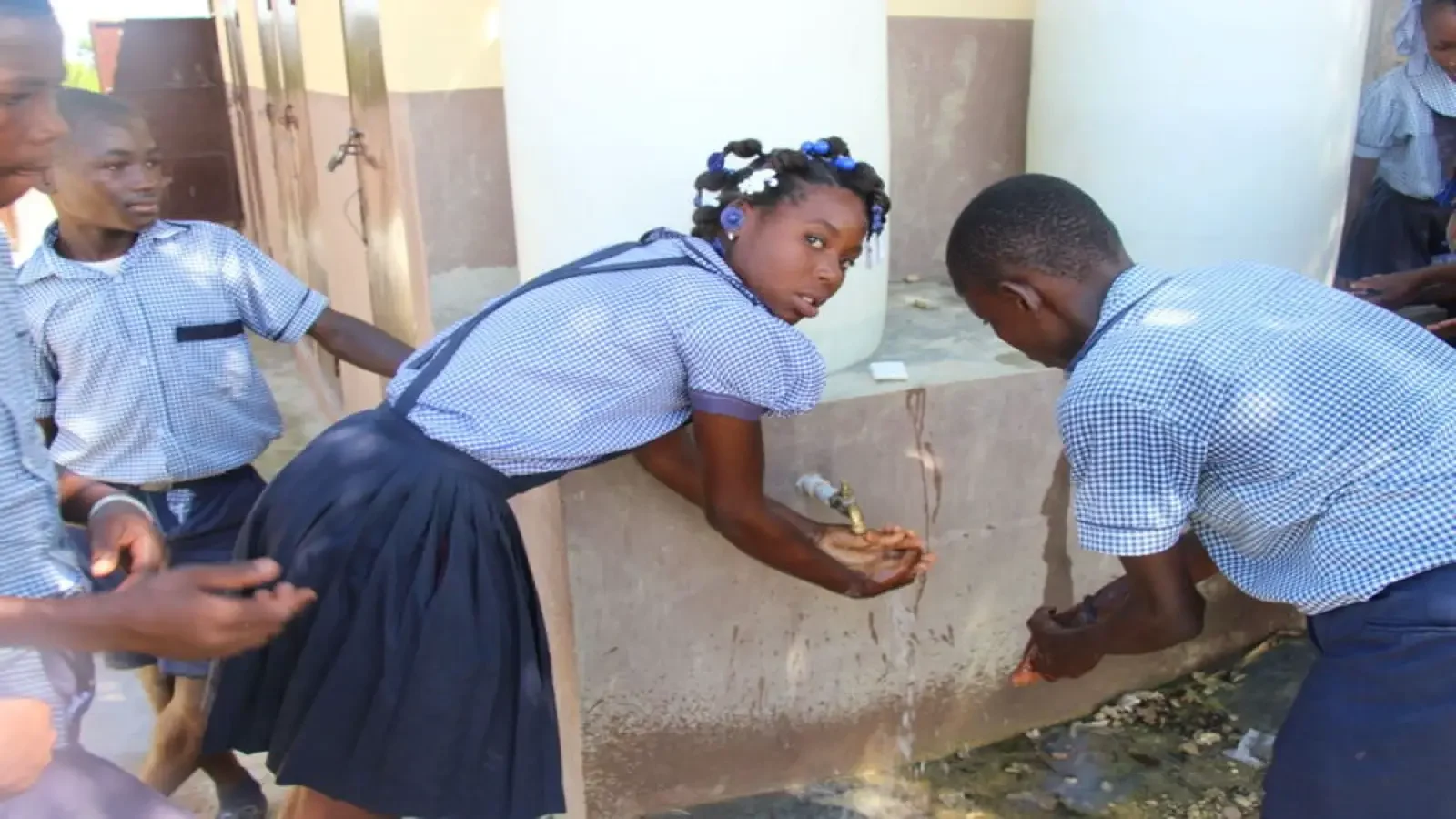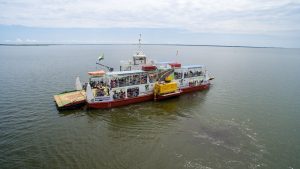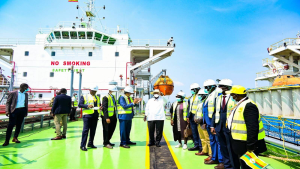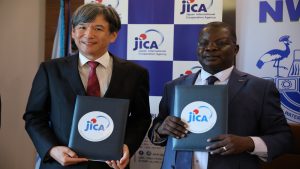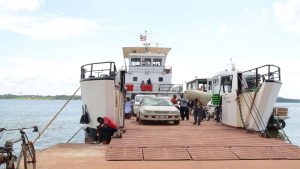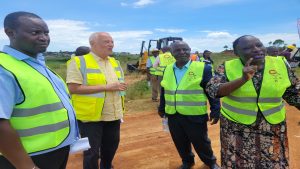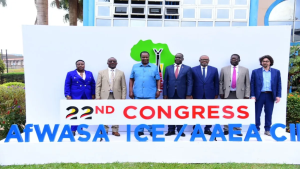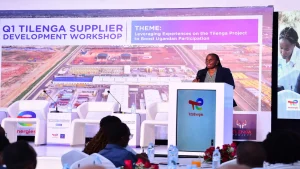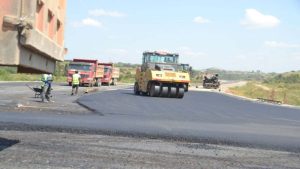Share
According to the most current Water Atlas for Kabale District, there have been 63% more community water sources during the previous five years, and the most recent water mapping effort identified 1070 new water sites.

This was disclosed at the meeting to disseminate the water data collected in November of last year by Wells of Life, Ugandan Water Project, and non-governmental organizations (NGOs) in collaboration with the Ministry of Water and Environment.
The Ugandan Water Project Officer in charge of Monitoring and Evaluation, Ms. Naigga Vencia, explained during yesterday’s meeting at Kabale District Rukiiko Hall that they collected water data from Kabale District using the Water APP with the plan of providing the information to the Ministry of Water and Environment for updating the National Water Atlas.
“We are the digital water app’s biggest users, and the Ministry uses our data to update the National Water Atlas,” the woman stated.
She added that as of November 2023, when they completed the mapping exercise, the number of community water sites had risen from 1,685 to 2,755, since the Water Atlas for Kabale District was last updated in 2018. Among the water sources are rainwater harvesting tanks, bore holes, gravity water systems, and both protected and unprotected springs.
Ms. Naigga did point out that of the 2755 community water stations, 654 were not operational and that deactivation of 17 of them had been suggested.
NGOs and the Ministry of Water and Environment for updating the water data for Kabale, the Kabale District Principal Assistant Secretary Manzi Gordon (who was also acting Chief Administrative Officer) commended in his opening remarks. He mentioned that they had previously determined which areas, like the water-scarce Butanda Sub County, need priority planning.
